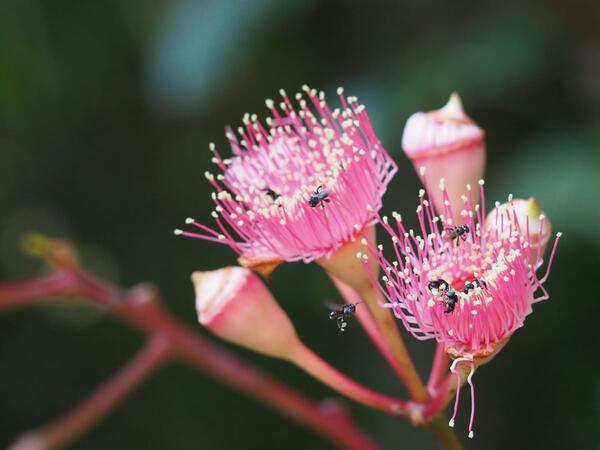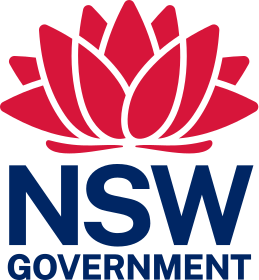
Save our Bees Research Findings
A collaboration with Western Sydney University and Transport for NSW to review and validate our approach to re-generating declining native bee populations and local ecosystems across Transport owned land.
Background
Save our Bees is a pilot program informed by research and professional beekeepers, to test different approaches to support native bee populations on Transport land and assets.
Bees play an essential role in biodiversity as important pollinators of native plants and crops, essential for the health, well-being and longevity of our environment.
In recent years, bee populations have faced major habitat loss and numbers are in decline due to land clearing, bushfires and the varroa mite outbreak.
The Save Our Bees project aims to restore native bee habitats, boost local biodiversity, increase pollination opportunities, provide cleaner air and make our cities greener.
These native bees are stingless, providing an opportunity for Transport to support bee populations in public spaces such as train stations, bus stops, light rail stops and green spaces.
Part of this pilot program involved a collaboration with Western Sydney University to review and validate Transport’s approach to re-generating declining native bee populations and local ecosystems across Transport owned land.
Western Sydney University provided a comprehensive research report that included a biodiversity index, planting recommendations to boost natural resources and trialled a monitoring approach to assess hive health. A summary of the reports findings can be found below.
For information on the broader project visit Save Our Bees.
Findings
An executive summary of research findings are presented below. Overall, the research concluded that:
- Foraging activity across hives varied greatly with averages varying from 0 to 124 bees observed per five, one-minute recordings.
- The average activity across all hives containing the Tetragonula carbonaria species throughout the summer and autumn recordings combined, was 41.97 ± 2.31 bee/min.
- Observed temperatures across recording days may have impacted the foraging activity observed.
- Audio signatures of bee activity were recorded and compared with manual observations. Analysis suggests a significant strong correlation between audio and manual observations. Audio recordings did suffer from interference, particularly given the highly sensitive multi-directional microphone used.
- During the surveys of flowers and flower-visiting insects around hives at the Sydney and Western Sydney hive locations, the number of insects observed visiting flowers ranged from zero to a relatively diverse array of flower-visiting insects.
- Results from floral resource surveys suggest the current flowering plant collections around hives provide relatively poor foraging opportunities for native pollinators.
- Researchers took the opportunity to develop and test a high-level biodiversity index which gives a general assessment of the health of the ecosystem in and around hive sites. Biodiversity index scores ranged across sites.
- Researchers made several recommendations including prioritising the restoration of native flowering species at Transport sites, based on the original local habitat types, floral species and planting densities.
